Maintaining efficient operation in hydraulic systems is crucial for the longevity and performance of dump trailers. This article delves deeply into the comprehensive steps needed to successfully bleed the hydraulic system of a dump trailer, ensuring optimal performance during operations.
Understanding the Importance of Hydraulic System Maintenance
Hydraulic systems in dump trailers are responsible for lifting and lowering the trailer bed. Proper function relies on fluid pressure, which can be compromised by air trapped within the hydraulic lines. Regular bleeding of the system is essential to prevent operational inefficiencies, ensure safety during loading and unloading, and extend the lifespan of the hydraulic components.
Symptoms of Air in the Hydraulic System
Recognizing the signs of air in the hydraulic system is the first step towards effective maintenance. If any of the following symptoms are observed, it’s time to consider bleeding your hydraulic system:
- Slow or Unresponsive Movements: If the dump trailer’s bed takes too long to raise or lower, air may be present in the system.
- Uneven Lifting: A noticeable disparity between the lifting action of the trailer bed on either side can indicate air pockets.
- Noise From the Hydraulic Pump: Unusual sounds like whining or grinding can signal air trapped in the system.
- Fluid Leaks: Excess fluid around the fittings and hoses may suggest hydraulic fluid is being forced out due to pressure inconsistencies.
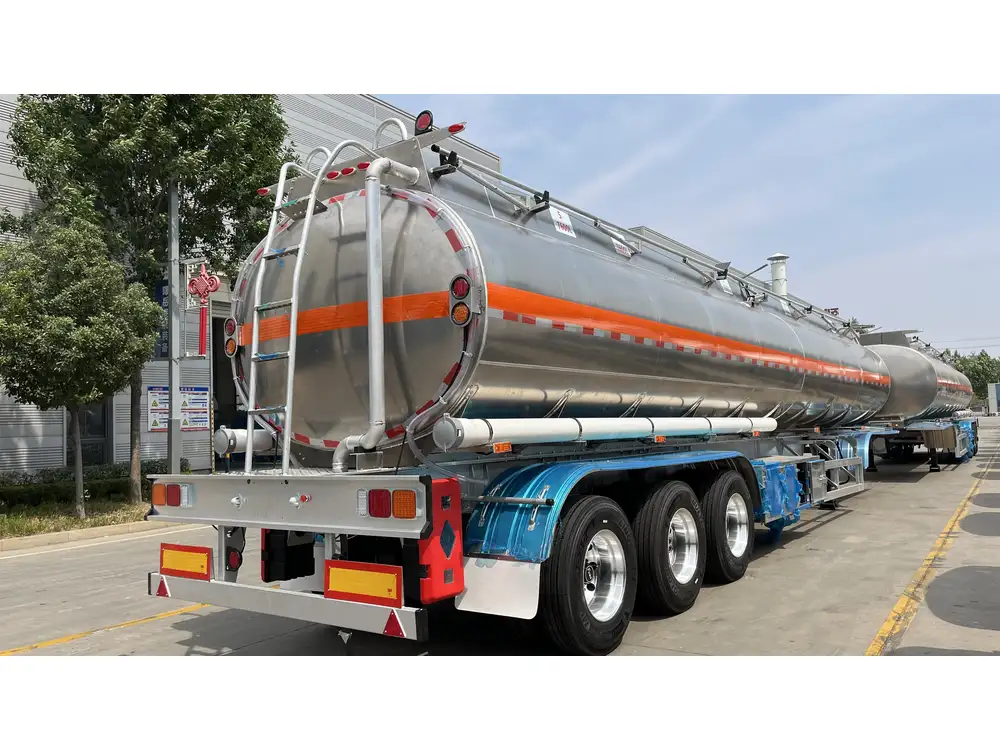
Preparing for the Bleeding Process
Before diving into the intricate procedures of bleeding a hydraulic system, certain preparations must be undertaken.
What You’ll Need
| Item | Purpose |
|---|---|
| Hydraulic Fluid | Replace any lost fluid during bleeding |
| Wrenches (appropriate size) | To loosen and tighten fittings |
| Lint-free Cloth | To clean off any spilled fluid |
| Safety Glasses | Protection against any splashes |
| A Helper | Assist with operating the trailer or filling fluid |
Safety Precautions
- Always wear safety gloves and goggles to protect against hydraulic fluid.
- Ensure the dump trailer is on a stable surface and the parking brake is engaged.
- Familiarize yourself with the trailer’s hydraulic system layout by reviewing the user manual.
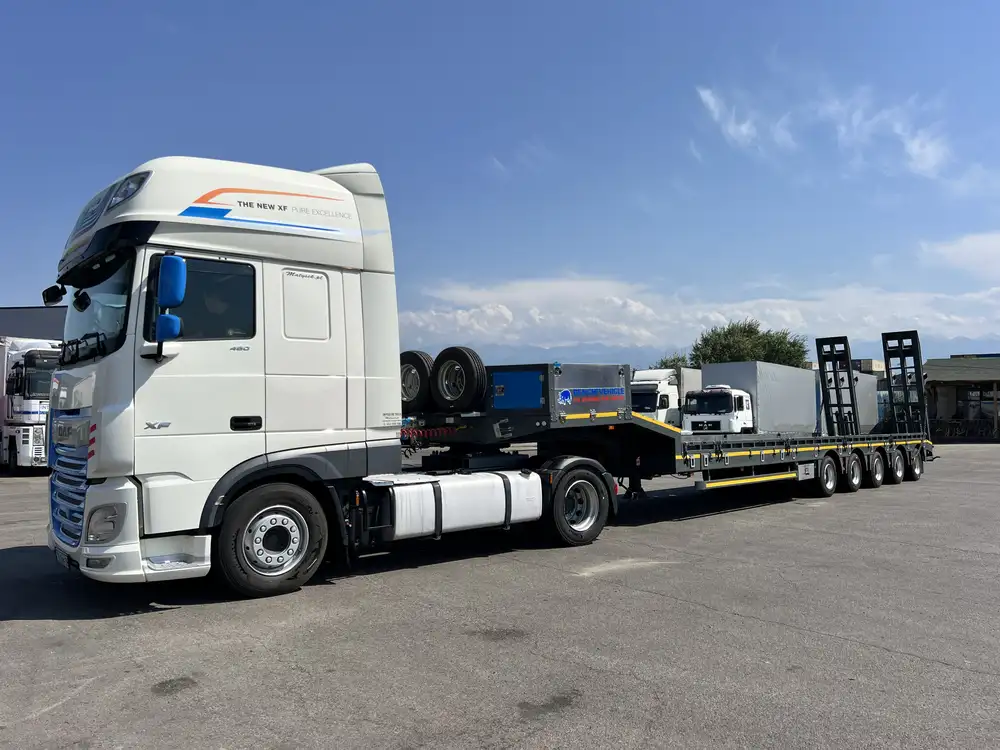
Comprehensive Steps to Bleed the Hydraulic System
Following these systematic steps will ensure that your hydraulic system is bled efficiently and effectively:
Step 1: Locate the Bleed Valve
- Identify the bleed valve on the hydraulic cylinder. This is typically located near the top of the cylinder and may be capped. For specific locations, refer to the trailer’s manual.
Step 2: Prepare the Trailer
- Position a container or cloth beneath the bleed valve to catch any excess hydraulic fluid. This prevents spills and maintains a clean workspace.
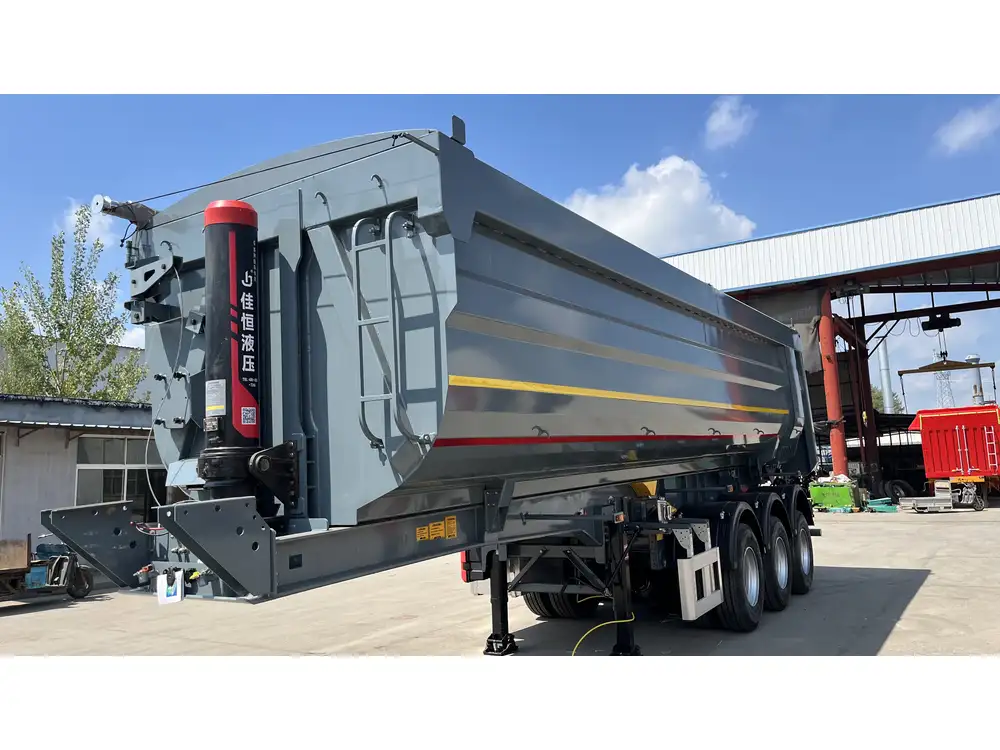
Step 3: Open the Bleed Valve
- Using the appropriate wrench, carefully loosen the bleed valve for a quarter turn. Do not remove it completely; this allows fluid and air to escape while minimizing hydraulic fluid loss.
Step 4: Cycle the Hydraulic Jack
- With Assistance: Have your helper engage the hydraulic pump to raise and lower the trailer bed. This pumping action will create the necessary pressure to push out trapped air from the system. Ensure that your helper is aware of expected safety measures.
- Observations: Watch the flow of fluid escaping from the bleed valve. If air bubbles can be seen, this indicates that the system is not fully bled yet.
Step 5: Close the Bleed Valve
- Once a steady stream of hydraulic fluid without air bubbles flows from the bleed valve, tighten the valve back into place securely. Use the wrench to ensure it is snug but be cautious not to overtighten and damage the threads.
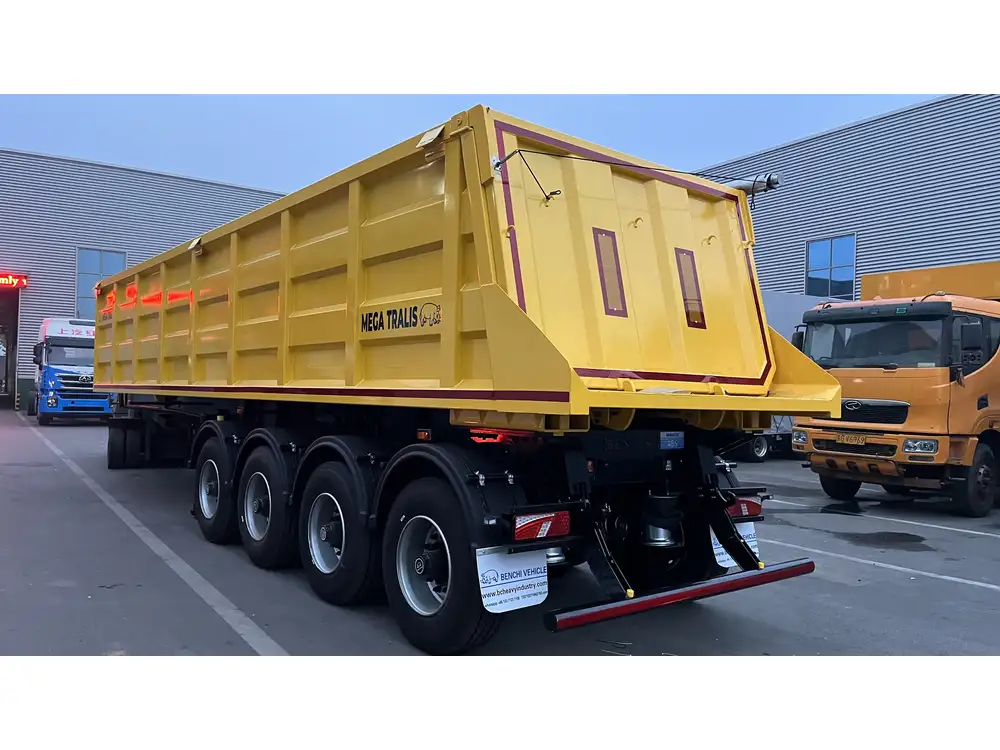
Step 6: Check Hydraulic Fluid Levels
- Inspect the hydraulic reservoir and refill if necessary, ensuring the fluid is at the recommended level. This step is critical to maintaining system pressure.
Step 7: Repeat the Process
- Depending on the severity of the air in the system, it may be necessary to repeat the bleeding process. If symptoms persist, check for leaks or further indicators of a malfunction within the hydraulic system.
Troubleshooting Common Issues Post-Bleeding
After bleeding the hydraulic system, it is essential to test for any potential issues that may still exist:

Unequal Lifting of Dump Bed
- If the trailer bed still lifts unevenly, inspect the hydraulic hoses and cylinders for blockages or damage.
Frequent Need for Bleeding
- If bleeding is needed more often than expected, this may indicate a bigger underlying issue such as a leak in the system or failing hydraulic components. Conduct a thorough inspection of all connections and seals.
Hydraulic Fluid Quality
- Check if the hydraulic fluid looks contaminated or has a burnt smell. Using contaminated fluid can compromise system performance and necessitate more frequent bleeding.
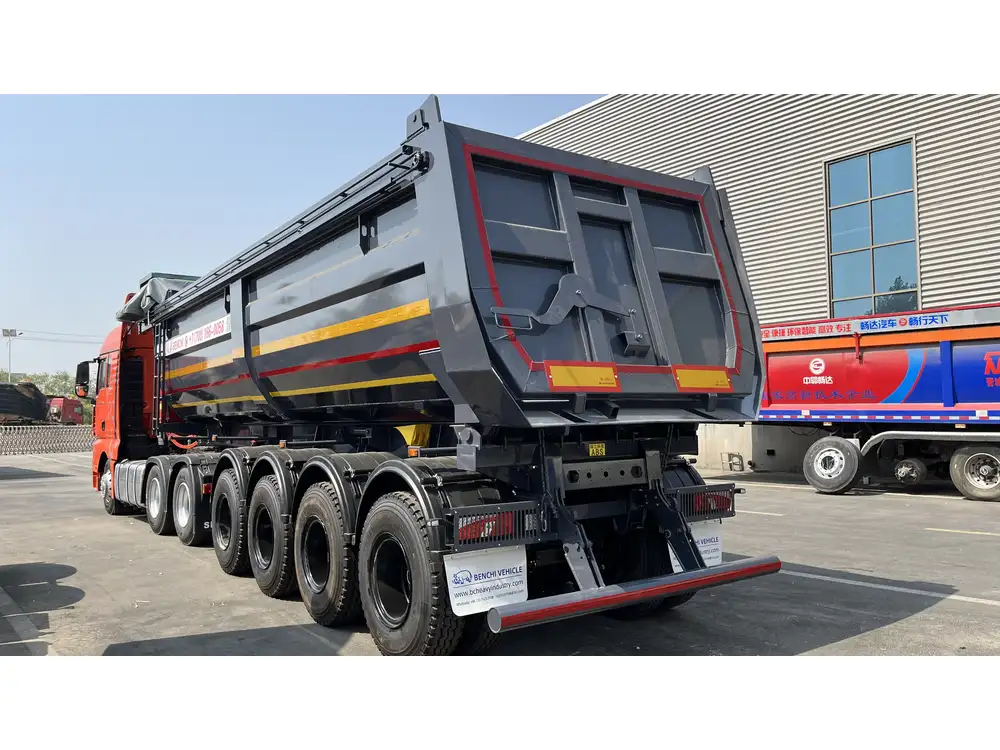
Final Thoughts on Maintenance Practices
Regular maintenance of the hydraulic systems on dump trailers enhances not only the efficiency but also the safety of the operation. Integrating a scheduled inspection and bleeding routine into your maintenance checklist can prevent costly repairs and ensure lengthy service life for your equipment.
Recommended Maintenance Schedule
| Task | Frequency |
|---|---|
| Inspect hydraulic fluid levels | Monthly |
| Check for leaks and wear | Monthly |
| Bleed hydraulic system | Every 6 months or as needed |
| Flush and replace hydraulic fluid | Annually |
Summary
Bleeding the hydraulic system of a dump trailer is a meticulous but necessary task. By following the outlined procedures and adhering to a regular maintenance schedule, operators can mitigate the risks associated with trapped air in hydraulic systems. Effective management of dump trailers ensures not only operational efficiency but also enhances the safety and longevity of the equipment.
For further assistance or detailed guides on specific models, we encourage reviewing your trailer’s manual or consulting with a professional for tailored advice. Proper knowledge and maintenance tasks can significantly increase the reliability and performance of your hydraulic systems, allowing for seamless operations in every hauler application.



